Heino Eller: Complete Piano Music, Volume Five
This fifth volume in Sten Lassmann's complete survey of the piano music of the Estonian composer Heino Eller (1887-1970) contains two works of central importance: the Preludes, Book II (1920), are Eller's highest achievement in a modernist-expressionist style, and the Bartókian 13 Pieces on Estonian Motifs (1940-41) mark his turn to the folk-like style favoured in the Soviet period. They are joined by a group of attractive, mostly early, miniatures and a prentice set of variations in the Romantic, virtuoso tradition.
Sten Lassmann, piano
Listen To This Recording:
- Caprice in F sharp minor (1911)
- Romanze in F sharp major (1914)
- Molto vivo in F sharp minor (mid-1910s)
- Nocturne in B major (1915)
- Presto in F sharp major (mid-1910s)
- Lyric Waltz (1930–31, later rev.)
- Waltz in B major (1931)
- Small Waltz (1935)
- Méditation (1936)
- No. 1 Lento pensieroso
- No. 2 Andante con espressione
- No. 3 Allegro agitato
- No. 4 Sostenuto
- No. 5 Allegretto capriccioso
- No. 6 Spiritoso
- No. 7 Grave
- Theme: Andantino
- Variation I: Allegretto
- Variation II: Moderato assai
- Variation III: Allegro
- Variation IV: Adagio
- Variation V: Vivace
- No. 1 Andantino
- No. 2 Vivo
- No. 3 Allegretto pastorale
- No. 4 Allegro
- No. 5 Andante sostenuto
- No. 6 Presto scherzando
- No. 7 Alla ballata
- No. 8 Allegro con brio
- No. 9 Lento
- No. 10 Allegretto grazioso
- No. 11 Allegro giusto
- No. 12 Vivace
- No. 13 Moderato assai
Preludes, Book II (1920)
Theme and Variations in E major (1912)
13 Pieces on Estonian Motifs (1940–41)
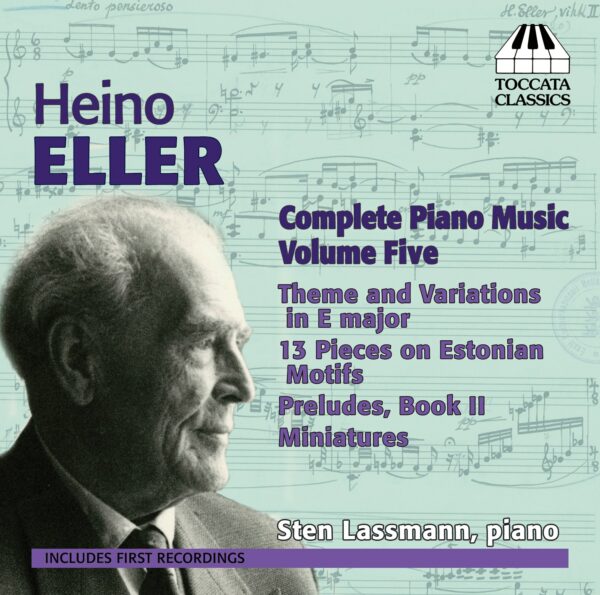
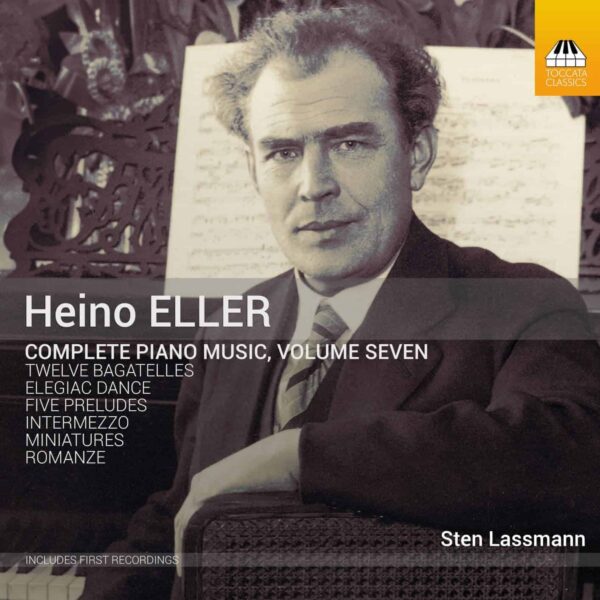
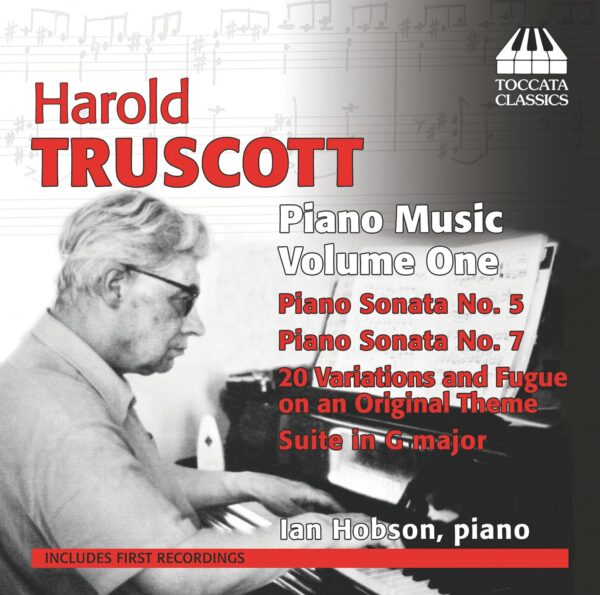
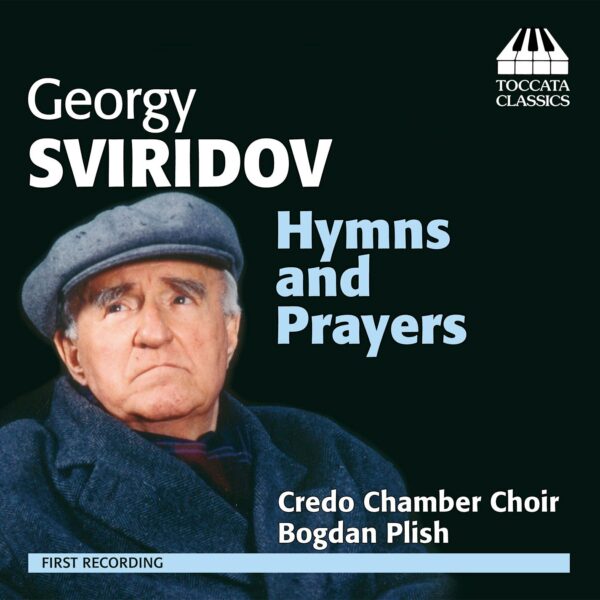
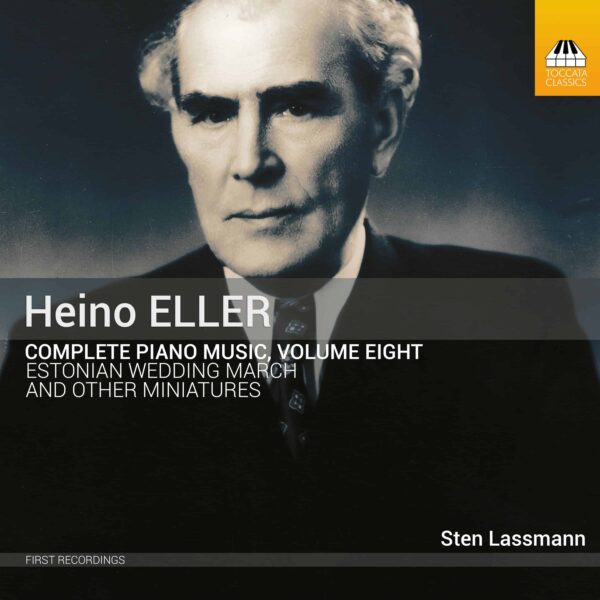
Fanfare Magazine :
‘…Eller’s Méditation dates from what Lassmann refers to as “a golden period in Eller’s oeuvre.” I find it to be the most compelling piece on this disc. An interval of a major second, sounded in the bass and answered by a treble motif outlining a perfect fifth, appears throughout the opening section beneath a long-phrased melancholic melody featuring descending fourths, creating a spacious, somber atmosphere. The piece becomes increasingly rhapsodic, culminating in emphatic minor-ninth chords and rapid treble arpeggios before returning to the opening material. The final moments convey a sense of despairing resignation. In this piece, Eller demonstrates an impressive ability to produce a significant emotional impact with a great economy of musical material. The nearly omnipresent opening motif never feels repetitive or unwelcome; instead, it is clearly the axis around which the drama of the piece revolves. …Lassmann’s playing is confident and expressive throughout the disc. Eller’s music has moments of impressive technical display, and Lassmann is more than capable in his execution of these moments. His lyrical passages are expressive and songlike, and his musical choices strike me as being stylistically apt. The recording itself is well-engineered, with a clean piano sound. Eller’s music is well worth exploring.’
—Myron Silberstein, Fanfare Magazine, September/October 2014